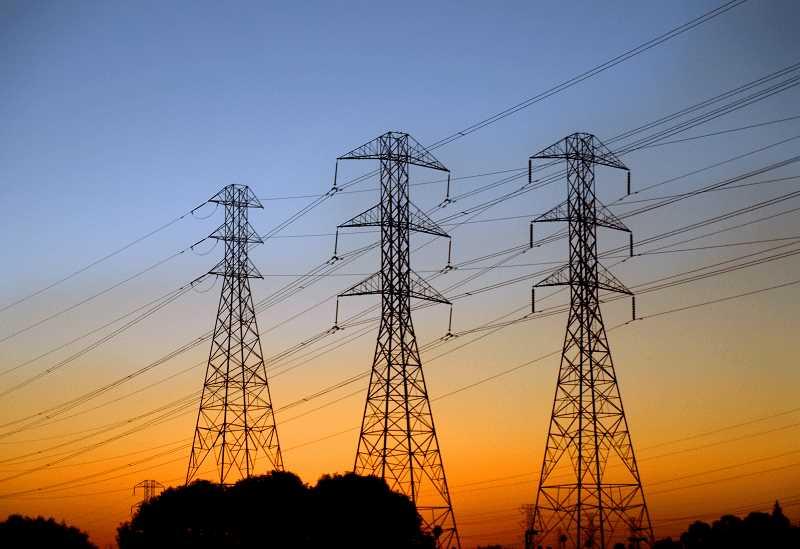(MENAFN- Kashmir Observer) Representational Photo
Srinagar- Come winter, Kashmir valley is once again witnessing power outage with officials maintaining that the situation might go bad to worse, if people don't use electricity judiciously.
Complaints are pouring in from the rural and urban areas of the valley that the Power Development Department (PDD) has failed to provide adequate electricity amid the dip in temperature.
The situation is equally bad for both metered as well as the unmetered areas.
“The unscheduled power cuts are taking a toll on students, patients and the business community,” Shakeel Ahmad, a resident of HMT Srinagar said, adding that“even if we clear the electricity bills timely, we don't get the adequate power supply,”
However the top officials of Kashmir Power Development Corporation Limited (KPDCL) maintain that they have increased the power supply to 1600 megawatts but the demand has increased as the winter is approaching.
“Since people use a lot of electronic gadgets in the valley to beat the cold, the demand has increased,” Chief Engineer KPDCL, Javed Yousuf Dar told Kashmir Observer.
Then where is the problem?
A junior engineer from the KPDCL told Kashmir Observer that the Jammu and Kashmir has the potential to generate around 20,000 megawatts of hydel power but generates only around 1200 megawatts.
“But in winters the UT is able to generate only 300 MW of electricity against the demand of over 1800 MW's,” he said.
The officials blame rainfall deficit and the melting of glaciers as the reason for less generation of electricity.
“Since there was less rainfall and the glaciers melt very fast in summers only, we are unable to generate the power,” he added.
According to the meteorological department, the Union Territory recorded -40.92 percent less rainfall than normal this year.
The data available with Kashmir Observer reveals that almost all the districts recorded less rainfall.
The data shows that the Jammu region received just 2.1 mm of rain this year, as compared to 66 mm in the past. Similarly, Srinagar—the summer capital, received just 21.3 mm of rainfall against 117.6 mm that it received last year.
The data clearly indicates that every district of the valley witnessed a rainfall deficit.
Another official, wishing not to be named, told Kashmir Observer that currently the water level in Jhelum and other tributaries are low and they are unable to generate electricity.
“In such conditions we have to go for peaking, in the daytime we wait for water to accumulate and then run the turbine during the peak hours,” the official said.
It may be noted that the UT presently has 20 hydroelectric projects with installed capacity of 758.70 MW located in various districts.
The main contributor among these projects is the Baglihar power project built on Chenab River in the Doda district. The project has a total capacity of 900 MW.
Sumbal power project generates 17 MWs, then the Kangan power project and Lower Jhelum project generate 105 MW respectively. The Upper Sindh-I generates 22.6 MW, Upper Sindh-II, Kangan produces 105MWs, Old-Ganderbal power project generates 15 MWs, Pahalgam Power house 4.5 and Karnah power house is able to produce 02 MWs only.
In Jammu province, the Chenani-I Hydroelectric Project generates 23.30, while Chenani-II—02 MWs and Chenani-III generates 7.5 MWs. Bhaderwah power project generates 1.5 MWs while Seva project—III generates only 9 MW.
The other projects fall in Ladakh UT. While other projects are under control of National Hydroelectric Power Corporation (NHPC)
All these projects don't cover the demand of the electricity in the winters due to“less water” in the UT and as a result the PDD has to purchase the electricity from the Central grid, New Delhi.
According to sources, one unit of power that is generated in the UT costs only 40 paisa while the same unit is being purchased at 6 Rs from New Delhi.
“So you can understand if we will be able to generate all the power within the UT, it will be very cheap,” the official added.
Pertinently, the J&K government is planning to generate hydroelectric power with projects of over 6300 MW capacity in pipeline for making UT of J&K power surplus.
In April, the Centre announced that it will give a major push to hydroelectric power with a total investment of about Rs 51,000 crore in Jammu and Kashmir.
In the same month, the Union cabinet approved a proposal to invest Rs 4,526.12 crore to construct the 540 MW Kwar hydroelectric project on the Chenab river.
PDD Chief, Javed Yousuf Dar said that the department will issue a new curtailment schedule before 15 November.
He said that the transmission department of the PDD is re-conducting two transmission lines, thus the power crisis.
“The work will be completed in the coming days and also since the winter is approaching, the load has increased but we are trying our best to provide adequate power supply,” Dar added.
He further added that there is a demand of 1800 MW of electricity which might go to 2500 in peak winter while the PDD is able to provide only 1600 MW only.
:




















Comments
No comment